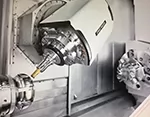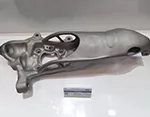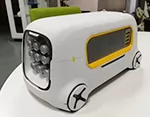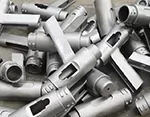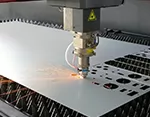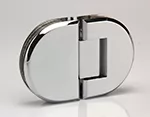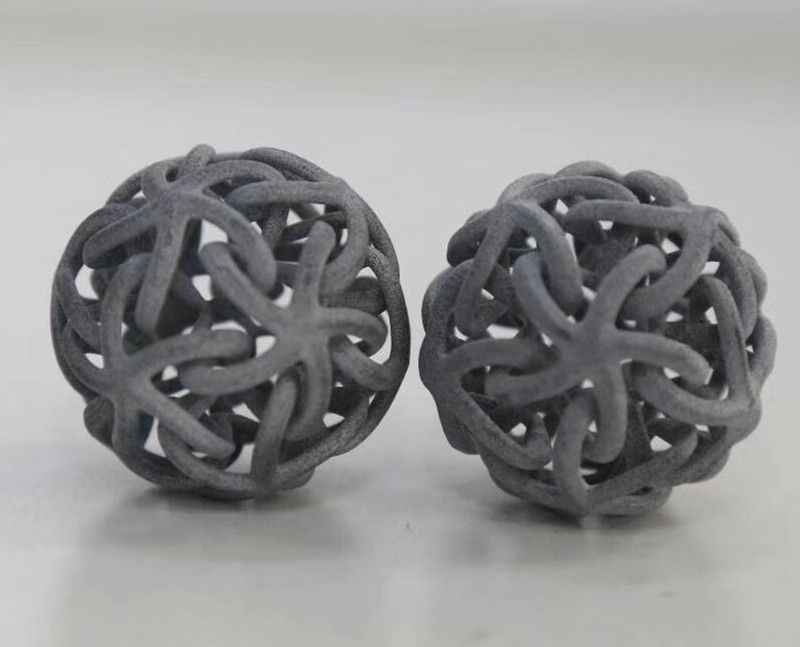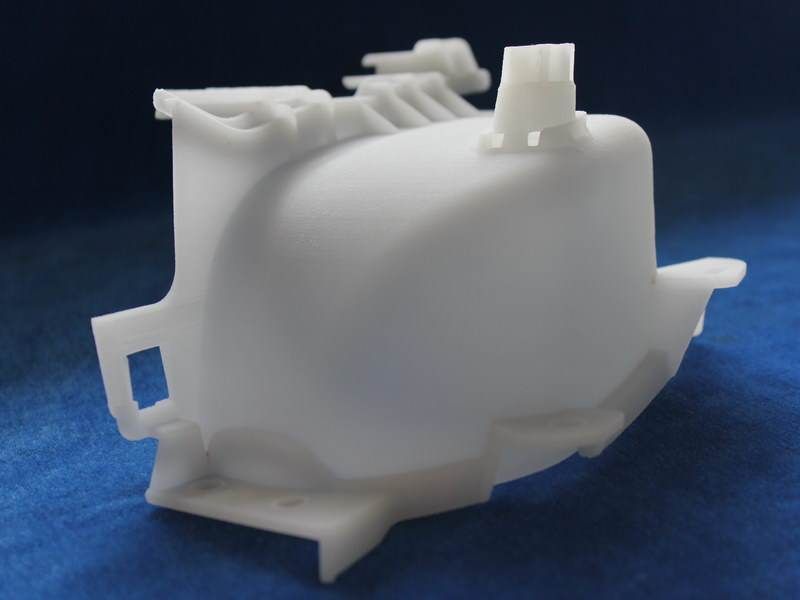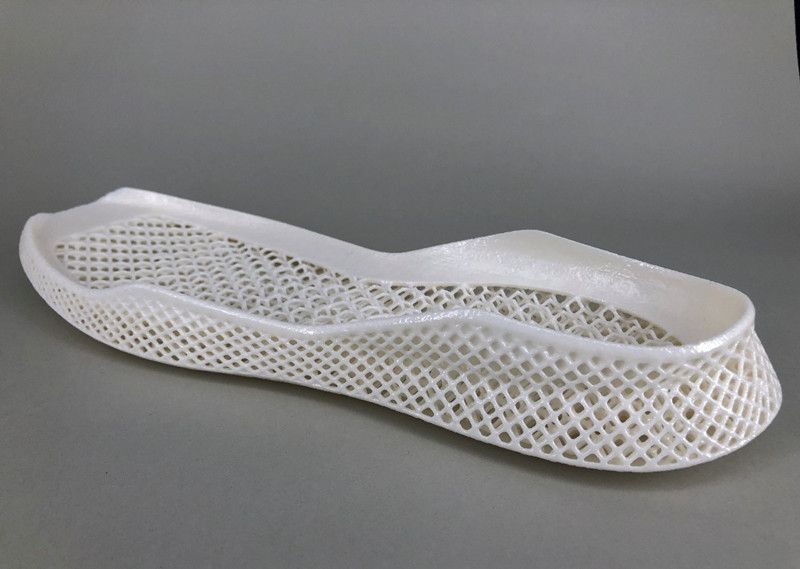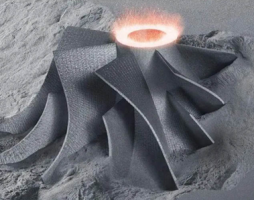-
Service
+
- CNC Precision Machining Service +
- Multi-Axis Simultaneous Machining Service +
- CNC Turning Service +
- Metal 3D Printing Service +
- Rapid Prototyping Service +
- Die Casting Service +
- Sheet Metal Fabrication Service +
-
Finish Serivces
+
- Polishing
- Grinding
- Brushed Finish
- Sand blasting
- Painting
- Powder Painting
- Anodizing
- Hard anodizing Service
- Passivation
- Zinc Plating
- Nickel Plating
- Chrome Plating
- Blackening
- Black Zinc Plating
- Teflon Coating
- Titanium Coating
- DLC Coating
- Laser Marking
- Silk Screen Printing
- Transfer Printing
- Micro Arc Oxidation
- Industries +
- About Us +
- Resource +
- Contact Us
- Quote

-
Service
-
>
-
>
-
>
-
>
-
>
-
>
-
>
-
>
-
- Industries
- About Us
- Resource
- Contact Us
Selective Laser Sintering (SLS)
Guide to Selective Laser Sintering (SLS) 3D printing.Slelective Laser sintering (SLS) is a 3D printing method, which is widely used in rapid prototyping. SLS 3D printing is well known by it's functional nylon parts.
What is SLS 3D printing?
SLS is short for Selective Laser Sintering. Which is a popular used 3D printing solution for rapid prototype. During the process of selective laser sintering, the press roller will tile powder on the surface of formed workpiece. The CNC system will scan the powder according to the shape of the cross section by control the laser beam, which will heat the powder till melting point, then the powder will be sintered and adhered with formed part which beneath the powder. The platform will descend one floor after the sintering of one cross section is completed. At this time, the press roller will tile powder on the surface of formed workpiece again, and the new sintering of the new cross section will begin. This procedure will be repeated again and again, till the whole workpiece is completed.
The platform will ascend to the original height after the workpiece is completely cooled. At this moment, we could take out the workpiece by brush or get rid of the surface powder by compressed air.
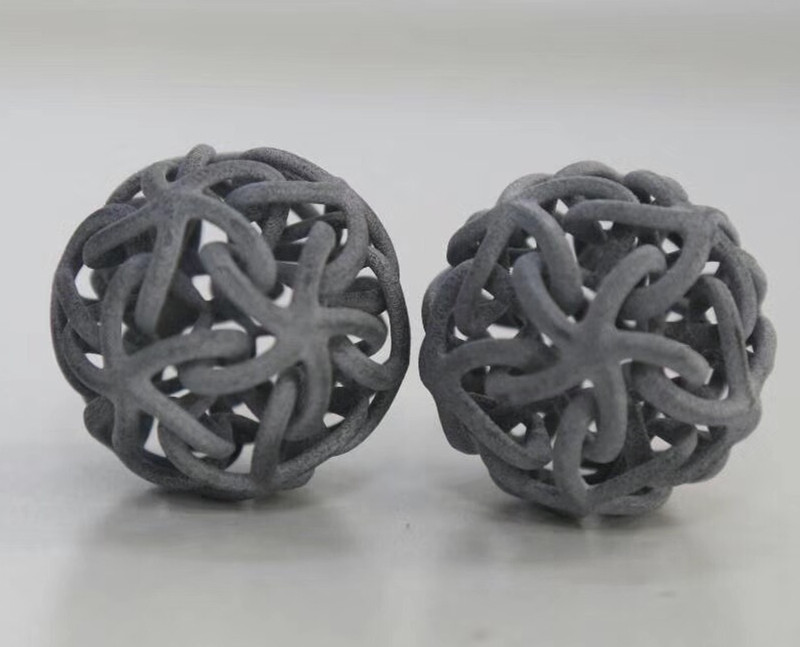
Selective Laser Sintering
What’s the process craft of SLS 3D Printing?
1.The powder is stored in the left side of the feed storage. The platform will be ascended when printing. The powder above the printing surface will be tiled to the printing surface of the printing room by the powder roller, and form one thin and flat powder layer.
2.Then the scanning system will perform the selective scanning according the CAD route of the cross section. The scanned powder will be sintered and combined together due to the high temperature from the laser point, and emerge one slice of solid layer with a certain thickness. The area without scanning will maintain the original powder shape.
3.The platform will be descended according to the height of the cross section after the sintering of one layer is completed. The roller will tile the powder again, and the sintering of new laser will begin. At this time, the current layer and previous layer will be sintered and combined together.
4.These steps will repeat again and again, till all layers are sintered. The well-printed prototype can be took out after remove or recycle the unsintered powder.
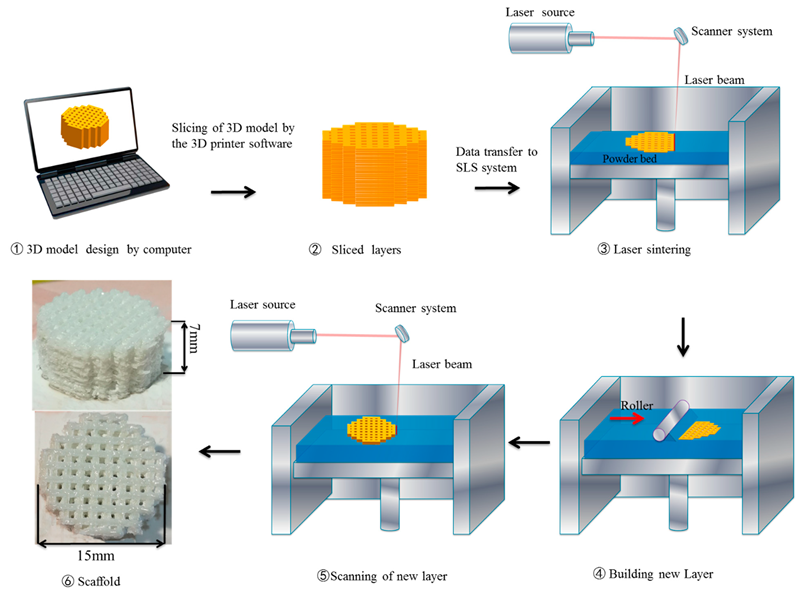
Selective Laser Sintering (SLS) Process
What's the Advantage of SLS Printing?
1.Rich available material.
The available material of SLS consist of polymers, metals, ceramics, gypsum, nylon and many other powders. Due to the market was refined, the 3D printing of metal material will be called SLM. Usually, we will think that the printing material of SLS is nylon, as about 90% of used material of SLS are nylon on the market.
2.Good Precision.
The normal precision of SLS is plus or minus 0.2mm.
3.The Support structure is not required.
The biggest advantage of SLS is that the suspended layer which emerged during the stacking process can be supported by the unsintered powder.
4.High Recycle Rate.
The SLS printing needn’t base, as it has no requirement for the support. The material recycle rate of SLS is the highest among these normal technologies of 3D printing, and its price is relatively cheaper, but it’s a bit more expensive than SLA.
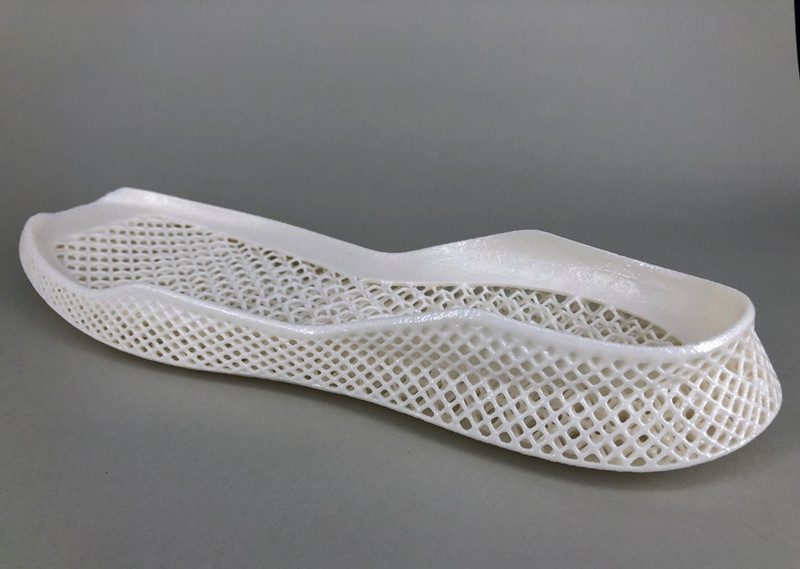
SLS Shoes
What's the limitation of SLS 3D printing technology?
1.The shrinkage of printed prototype.
The parameter of nylon or other powder will be contracted after sintering. Usually, the shrinkage rate is decided by many factors. Such as the type of used powder, the laser power which is used to sinter the powder, the shape of the parts and the cooling process etc. But the parts won’t be symmetrically contracted on all directions, please keep this in mind. Generally, the software are used to slice model for SLS, and bring shrinkage rate into calculation to produce high quality parts. However, the engineer should know the disadvantage of his printer and prevent it occur on particular position.
2.Post Printing.
The discover of SLS printing products is similar to the work of archeologist. The powder need enough time for cooling after the printing process, then the product can be take out. To dig out the parts from powder material, the operator need remove unnecessary powder by vacuum sweeper, or sweep the rest pellet by wind. The sintering printed product can be heat curing to enhance the strength once all work were completed. Other post-process might need some time, but optional. Such as sand blasting, coloring or painting.
3.Color changing or absorb moisture.
The SLS products are multi-hole structure which has advantage if the printing product need be colored, painted or coated, as it can show the problem of the finished products. But the SLS products will change color or loss weight, as these holes might absorb many powder, oil or water from the air. For example, the color might change from white to ivory.
4.The waste on machining and material.
The material waste of SLS is considerable. The printing board of SLS need be completely installed. No matter the parts to be printed is small or big, the printing plate be installed to the same height of the parts. At the same time, the X-axis and Y-axis need be embed in the powder. The rest material will be ruined after printing, even if the material didn’t contact the laser. That’s why the SLS laser printer need deal with products as much as possible.
The machining cost of SLS printer is also huge. The cheap one table version printer is about $7000, but it’s for printer only. It will need a large sum of money if someone need to deal with the whole printing process, like cleaning, post-process, and the whole process of curing etc. The material is also very expensive. One kilo of PA12 is about $100-120 from the supplier, but the equipment might cost several kilos of material during single use.
5.Using new powder every time.
The material will be ruined due to the change of the temperature, as most of the sintering printing will heat the powder before contact the laser. Some material can be recycled and used again. Although the printer supplier suggest to mix the ruined material up with the unsintered material, the printer which using ruined powder might come to a bad result. There are about 85% of powder can be recycled and reused, which will also leave several kilos of ruined material or unsintered material which can’t be reused.
Conclusion
The initial setting cost and maintenance cost of SLS is a little high among 3D printing technologies, and the complex equipment which also need experienced operator. To avoid the powder get wasted, the product are suggested to be printed in maximum volume and in multitask. The SLS printing need consider many environment factors and safety factors, due to the usage of high power laser and powder raw material. The workpiece of SLS prototyping needn’t support structure like SLA prototyping, because the unsintered powder can support the cavity or the bracket of the prototype. Compared with SLA, the SLS technology has more available material. Such as paraffin wax, polycarbonate, nylon, slender nylon, synthetic nylon, ceramics and even metals. SLS technology is the ideal 3D printing for the prototype which need mechanical properties, functionality and large industrial structure.
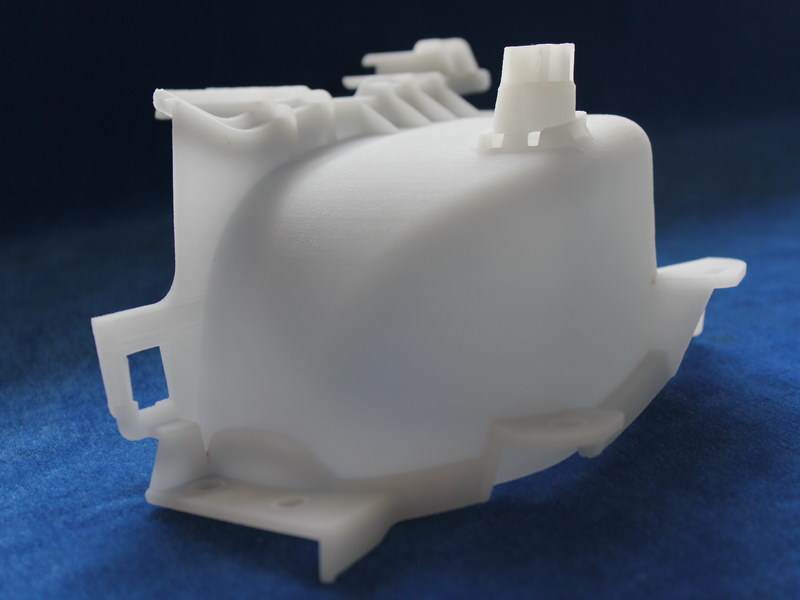
SLS automotive parts
What's the application of SLS 3D Printing?
At present, the SLS technology is popular used in many industries, for instance automotive, aerospace, consumer electronics, medical industry, education, plastic rapid prototype etc. SLS is widely used in the design and R&D of products, like the dimension test, appearance test, assembly test and function test. SLS can also be used to produce the end-use product in low-batches. Take the automotive industry as the example, SLS can be used for assembly testing and R&D verification by printing the steering wheel, car dashboard, air conditioner system. Many other automotive parts can also be customized and be used directly after printing, such as the bumper and side mirror. The R&D cycle and testing cycle of new car can also be decreased if adopting SLS 3D printing, the cost of CNC machining and tooling can be cut down too.

